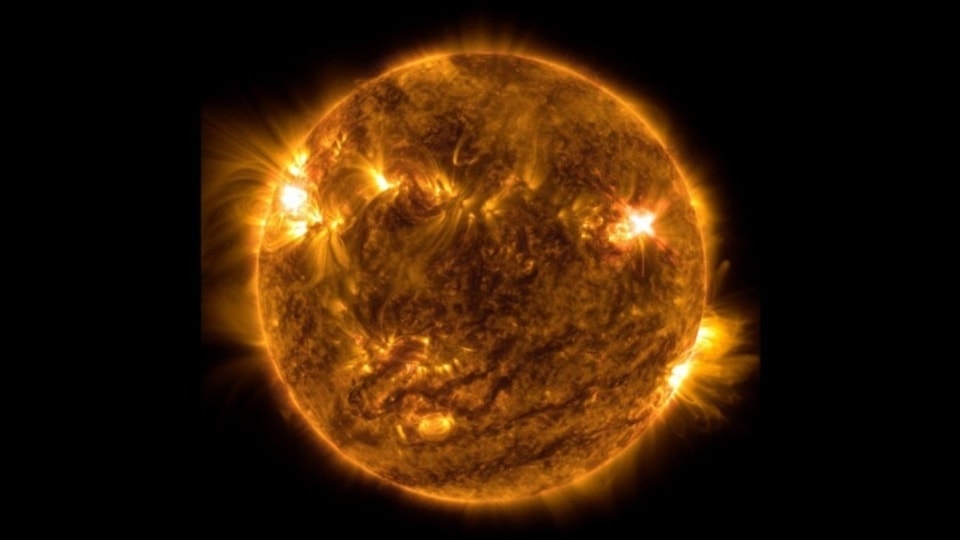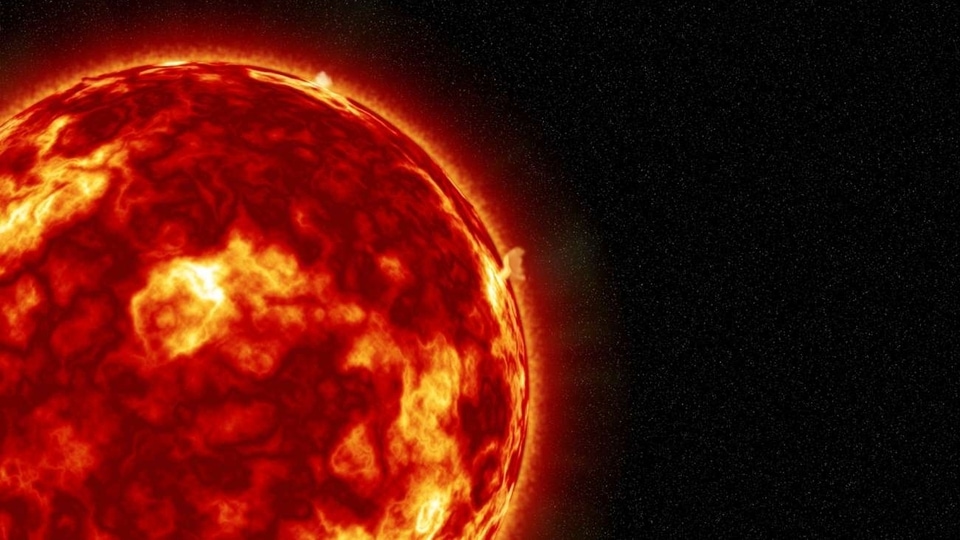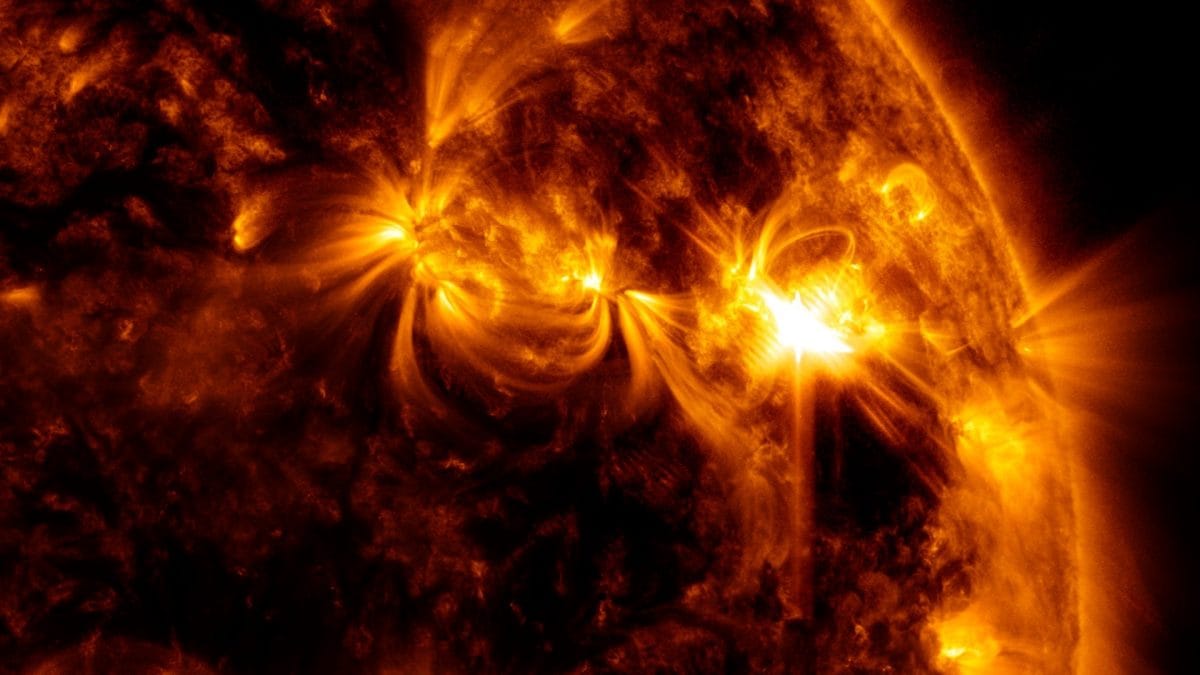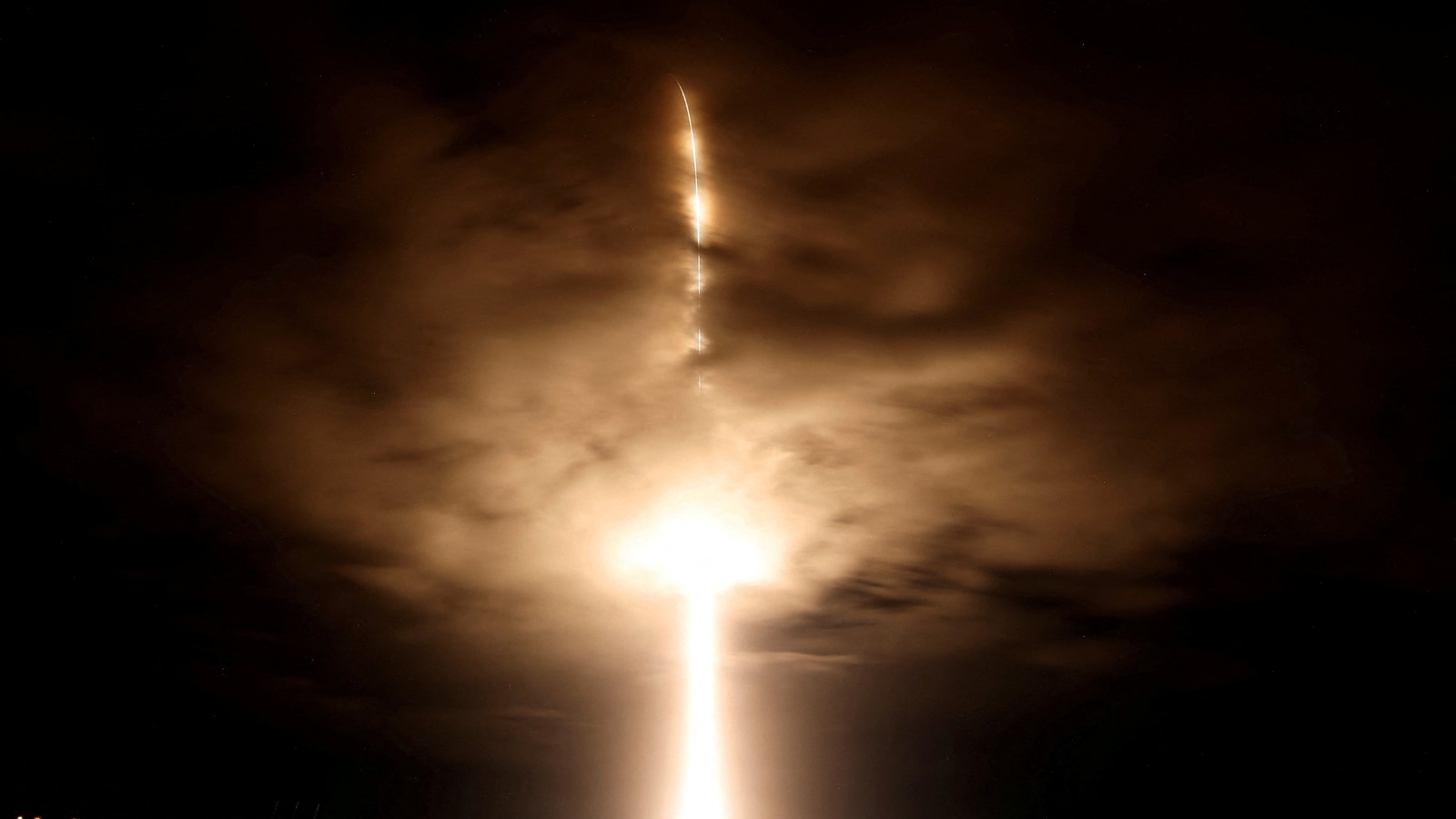Geomagnetic storms may be predicted days in advance, says study
Geomagnetic storms could be predicted days in advance, giving people time for preparation, according to a recent study.






 View all Images
View all ImagesThe Sun has been in the middle of its solar cycle, which has led to high solar activity. As a result, sunspot eruptions, solar storms, solar flares and more, have all plagued Earth for the past months. Although this solar activity might seem harmless due to the distance of the Sun from our planet, they can cause major damage. At the moment, there is a very short window between when the geomagnetic storm alert gets issued and when it hits.
However, it could soon change, courtesy of an amazing research done by scientists. According to Phys.org, scientists at the Skolkovo Institute of Science and Technology, in collaboration with expert from the Leibniz Institute for Astrophysics, the University of Graz & the Kanzelhöhe Observatory, the University of Zagreb and Zagreb Astronomical Observatory, have developed a way to predict geomagnetic storms by directly observing the Sun.
While Earth's magnetosphere deflects most solar activity carried by the solar wind, some charged particles seep through. These energetic particles cause magnetic disturbances, classified as either geomagnetic storms or substorms. The time taken by solar wind to reach Earth takes anywhere between 1 and 7 days. However as of now, the magnetic interplanetary perturbation of the wind cannot be determined from solar observations, therefore forecasting a geomagnetic storm days before is nearly impossible.
Scientists involved in the study observed data from the coronal holes on the Sun and were successful in their effort of geomagnetic storm forecasting. This could be a major achievement as it could increase the prediction time from hours to days in advance.
Simona Nitti, a Skoltech MSc graduate and the first author of the study said, “We showed that the magnetic field from a coronal hole propagating from sun to Earth is preserved in more than 80% of the cases. This opens a possibility to use the magnetic field derived from solar observations instead of that at L1. Additionally, to improve the predictions, we incorporated into the forecasting model of the geomagnetic activity the seasonal variations of the southward component of the interplanetary magnetic field.”
Catch all the Latest Tech News, Mobile News, Laptop News, Gaming news, Wearables News , How To News, also keep up with us on Whatsapp channel,Twitter, Facebook, Google News, and Instagram. For our latest videos, subscribe to our YouTube channel.






























